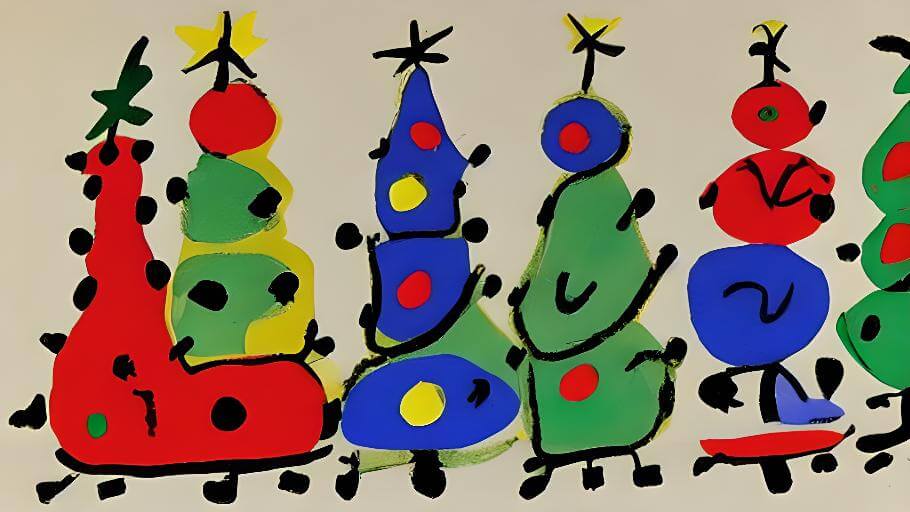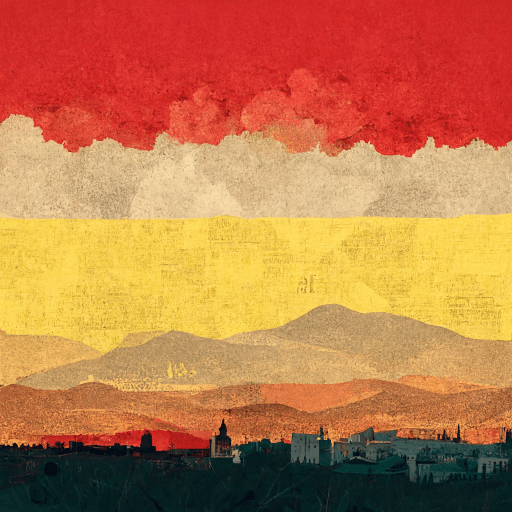If you are spending Christmas in Spain this year, you will need to be prepared with the seasonal greetings to get you through any family or work parties that you have been invited to. I’ll actually be in England myself but several years of spending Christmas in Barcelona has taught me a few useful Spanish phrases.

Let’s start with the basics:
- Merry Christmas in Spanish is feliz Navidad or for a slightly longer version you can say Que tengas un Feliz Navidad.
- To ask what someone is doing for the Christmas holidays: ¿Qué haces para las Navidades?
- ¡Felices fiestas! (Happy holidays!)
- ¡Que pases unas muy buenas fiestas! (Have a great holiday!)
- ¡Un feliz Año Nuevo! (Happy New Year!)
- ¡Os deseo a todos lo mejor para el próximo año! (I wish you all the best for the next year!)
Buen provecho means ‘enjoy your meal’, and is often used during Christmas dinner. Que pases unas felices fiestas translates to ‘have a happy holiday’, and is a great way to wish someone well during the festive season. You can also say felices fiestas navideñas, which means ‘happy Christmas holidays’. When opening presents, you can say ¡Qué alegría! (How wonderful!) or ¡Menudo regalo! (What a gift!).
Christmas day itself is known as el día de la Navidad, but in Spain it is Christmas eve that is the more important day. Nochebuena is celebrated with a family meal (what a surprise). El día de la Navidad will usually involve a family lunch, but traditionally there would still be no presents. In Spain presents are given on the 6th of January el Día de Reyes. It makes sense to link it with the 3 Kings bringing gifts, although more and more it seems like children receive gifts on the 25th of December as well. By the way, a gift in Spanish is a regalo and to ask someone what they got for Christmas you would say ¿Qué te regalaron para Navidad?. The verb here is the third person plural form, meaning “What did the 3 kings give you for Christmas?”.
Christmas in Catalonia
Things have an added twist in Catalonia where children sing a song and use sticks to beat a log with a face drawn on it until it poops presents! I am not making this up, I have seen it with my own eyes. The log is called Caga Tió which translates to a Poop log.
Here is a Caga Tió video to prove that I am not lying.

